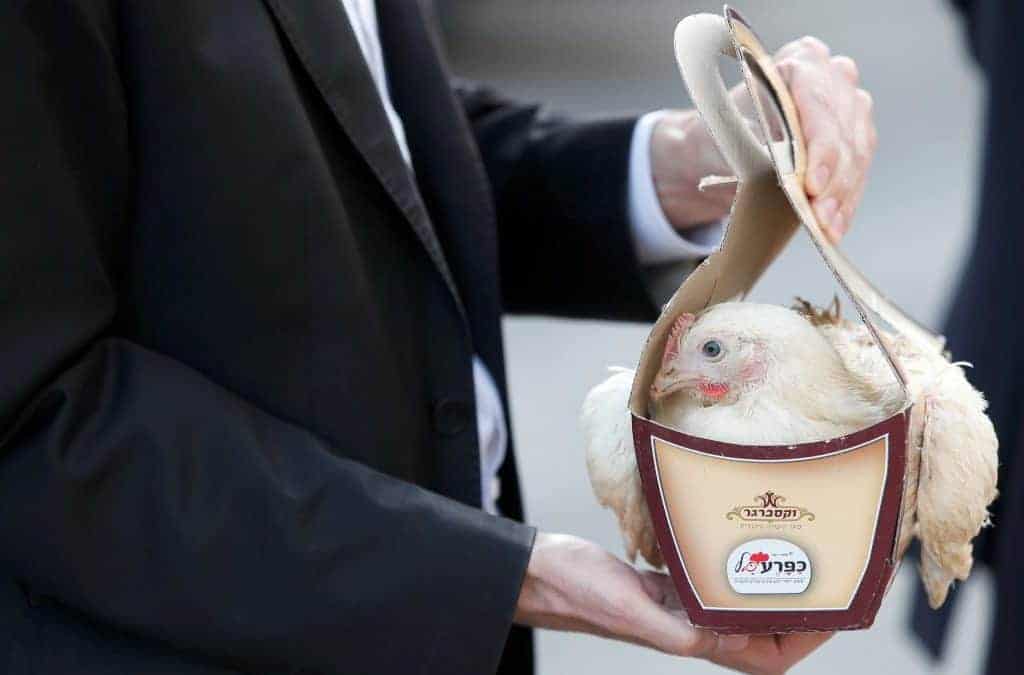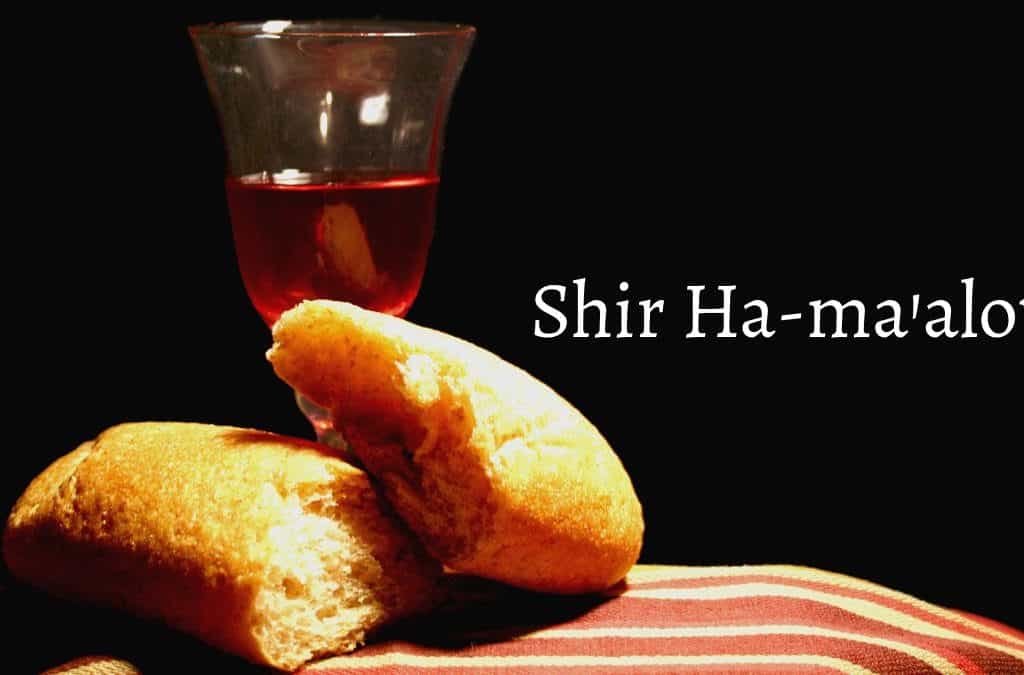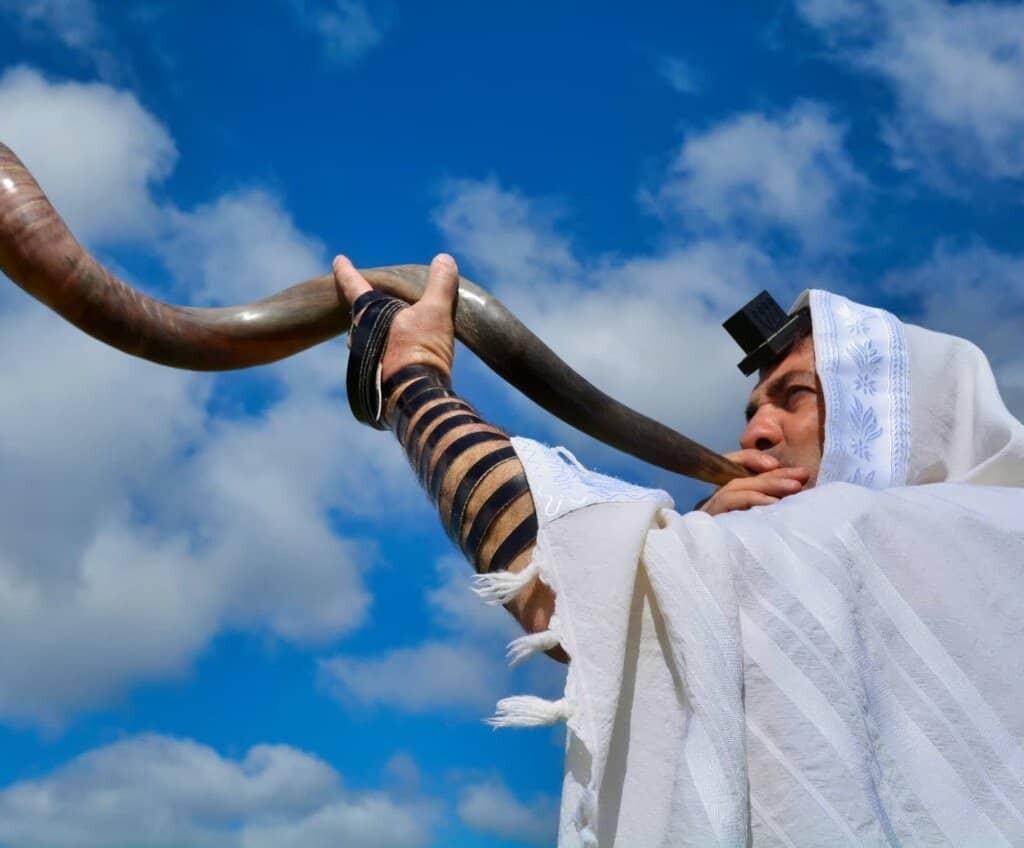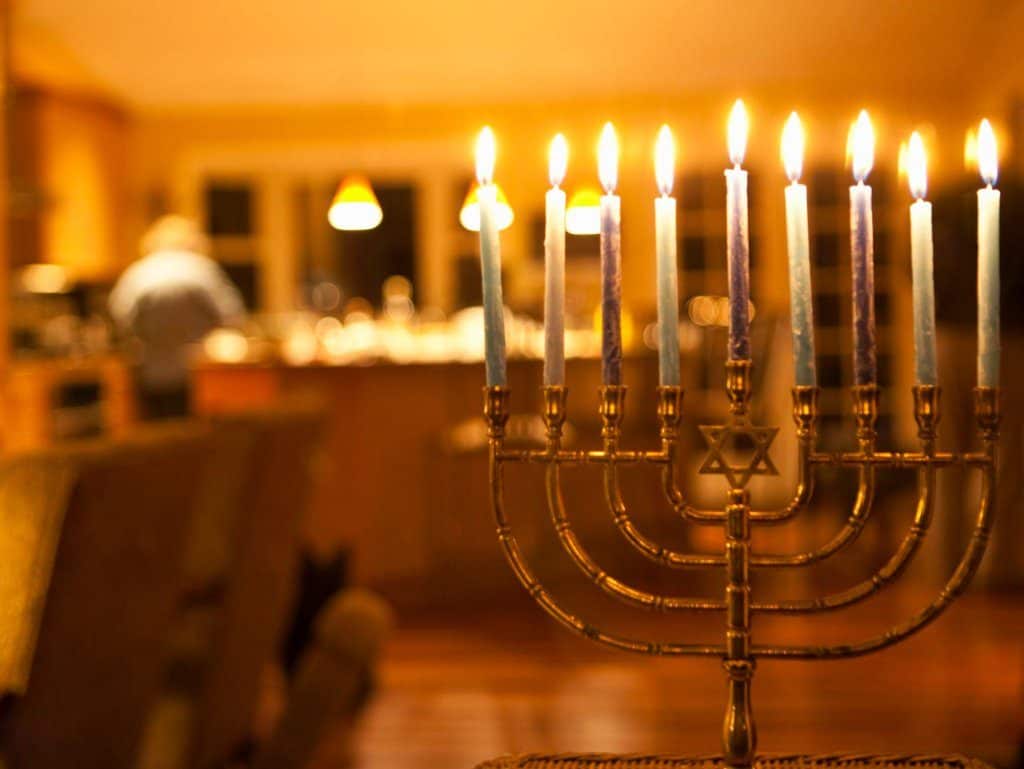On the eve of Yom Kippur, the holiest day on the Hebrew calendar, many Jews worldwide partake in the captivating ritual of Kaparot. This ceremony symbolizes the atonement for sins.
The Meaning of White Chickens in the Kaparot Ritual
This tradition involves reciting prayers while holding an animal, typically a chicken. Yet, what drives this ancient custom and what profound meaning does it hold?
The Kaparot Ritual: Symbolism, Traditions and the Significance of White Chickens
To perform this ceremony, a man holds a male chicken, while a woman holds a female. If the woman is pregnant, tradition dictates that she holds three birds: one male and two females. Intriguingly, white chickens are preferred as they symbolize the purification of sins, reminiscent of the biblical passage from Isaiah 1:8:
“Though your sins are like scarlet, they shall be as white as snow.”
If chickens are not available, it’s acceptable to use another animal, even a fish. However, it’s worth noting that pigeons are exempt from this practice. Historically, they were offerings in the Temple and their use could cause confusion, suggesting that Kaparot might be a form of sacrifice, which it is not.
The procedure is straightforward but rich in symbolism. Participants take the animal (or in some cases, money) in their right hand and gently wave it over their heads three times while chanting a specific verse.
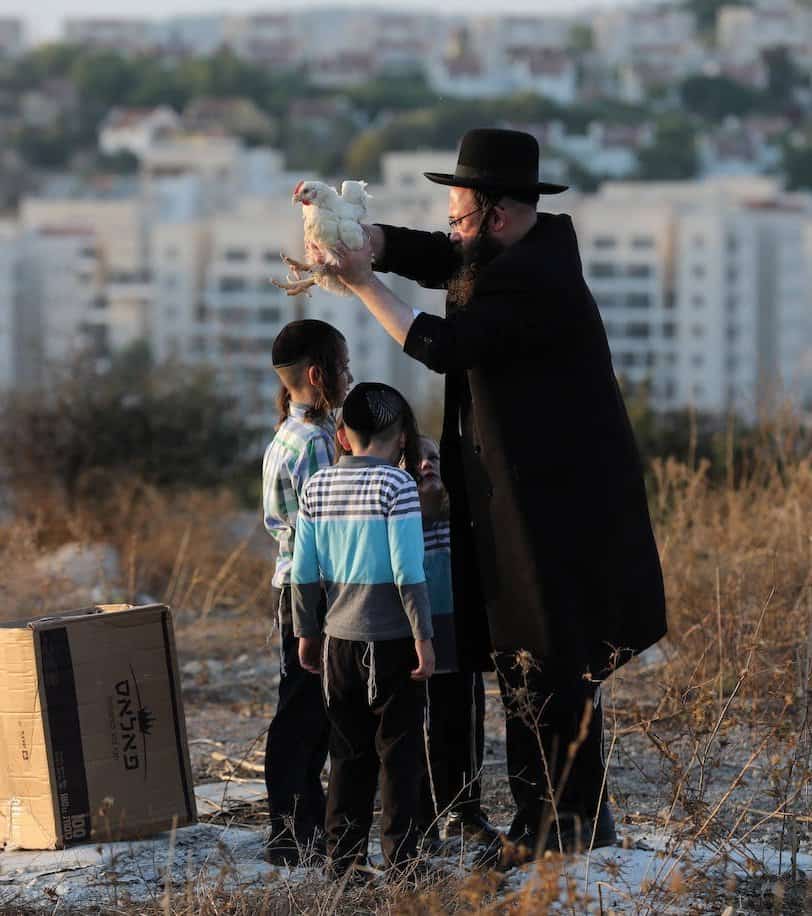
Kaparot: Beyond Ritual, Reflecting on Atonement and Charity in Jewish Tradition
The term “kaparot,” much like “Kippur,” signifies atonement. However, it’s crucial to understand that the act itself doesn’t source atonement. Instead, it serves as a poignant reminder to contemplate our deeds, spurring us to repent and seek divine mercy.
Subsequently, a *shochet*, an expert in ritualistic food preparation, sacrifices the chicken, which is then processed according to Jewish laws (halacha). It’s common to then cover the chicken’s blood with soil while reciting a special blessing.
Demonstrating further charity, many choose to redeem their Kaparot with money, donating the animal’s value or the chicken itself to the less fortunate. Indeed, some practitioners have altogether replaced using animals with monetary donations, performing the ritual with an envelope of money rather than a bird.
Words of the Kaparot Ritual: A Yearning for Purification, Life and Prosperity
The prayers uttered during the ritual are deeply evocative. While circling the animal or money around their head, participants recite verses essentially conveying:
“This is in lieu of me, this is my substitute, this is my atonement. This chicken (or money) will meet its end and I will embark on a long, peaceful life.”
These words reflect not only a desire for personal purification but also a yearning for life and prosperity.
Purification and Reflection: Symbolic Whippings and the Mikveh in Jewish Tradition
The Kaparot ritual isn’t the sole observance during this period. Men typically receive symbolic lashings before immersing in the *mikveh*, a ritual bath. Far from being a punishment, this act represents an added form of purification and introspection about past deeds and future actions.
It’s a tangible manifestation of introspection, reflection and the aspiration to evolve as individuals. While some might see it as an archaic tradition, for many Jews, it represents a tangible connection to their heritage, beliefs and the perpetual quest for redemption.

